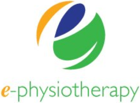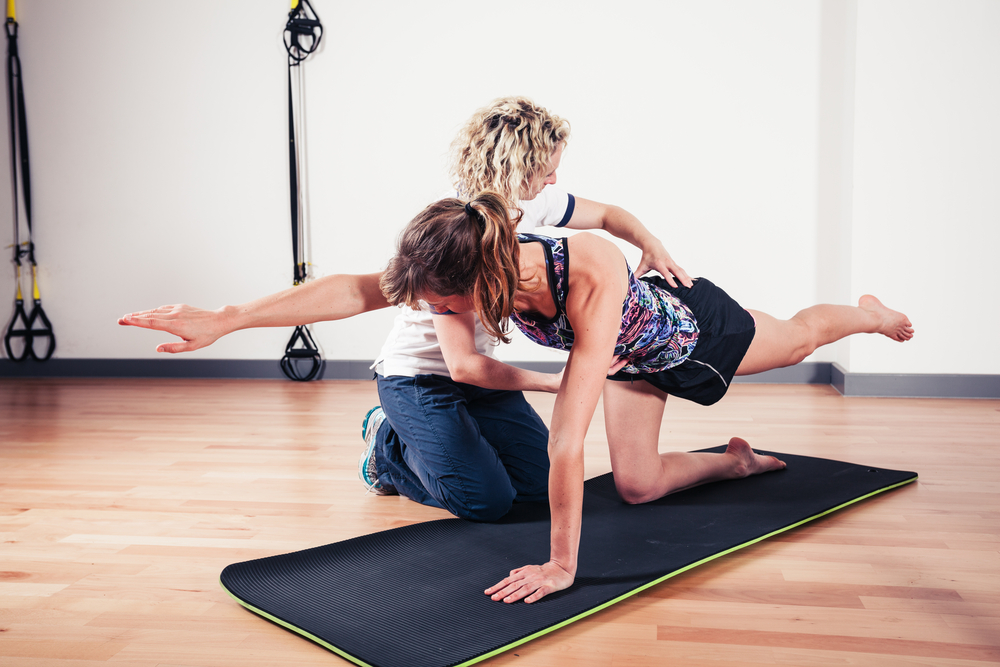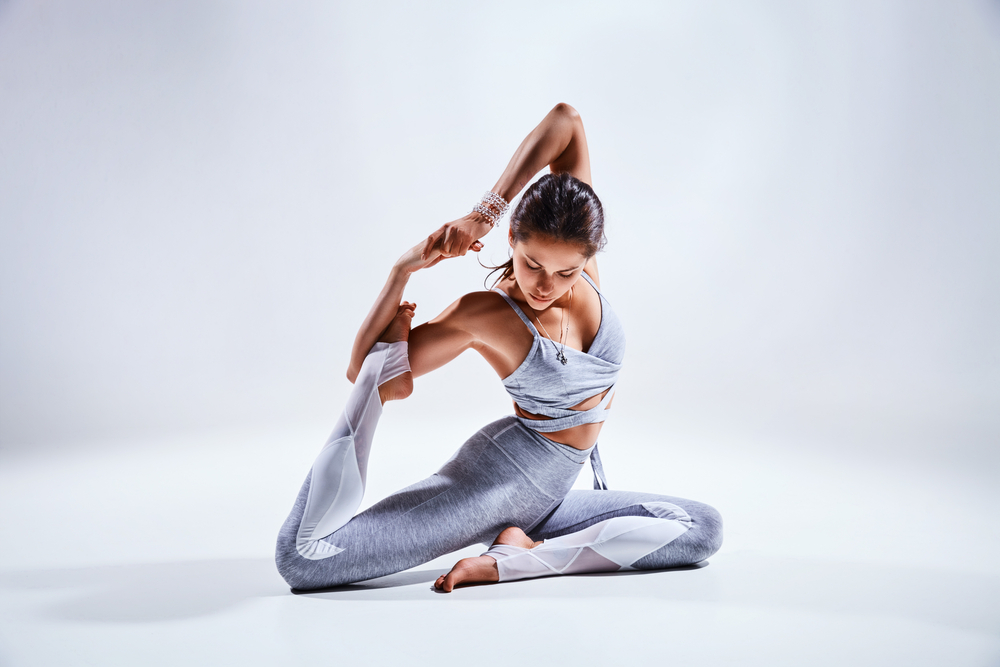To work out whether Pilates or yoga is better for you, we need to outline what the differences between Pilates and yoga are. There are some similarities as Pilates is partly based on yoga, in addition to gymnastics and Pilates own input and apparatus. As a brief summary, Pilates involves learning to control the spine and limb movements by increasing core muscles activation. Yoga is more about improving flexibility as well as strength and control/balance.
Pilates.
There are different types of Pilates. Classical Pilates and modern Pilates. Modern Pilates has incorporated other exercise forms and research results to adapt Pilates exercises while still using the basic concepts of core activation and control, and the of unstable surfaces to stimulate core activation. Classical Pilates uses a more flattened lower back position whereas modern Pilates uses a neutral spine position. Classical Pilates is more likely to use Pilates apparatus (the reformer and Trapeze table). Modern Pilates uses mat classes, some classical apparatus as well as new ones such as gym balls and resistance bands. Most Pilates that you will do today is a version of modern Pilates.
The most common format for doing modern Pilates is a mat class. This is usually cheaper than using Pilates apparatus as it needs less individual supervision and takes up less space. Mat classes have more in common with yoga than using Pilates apparatus, although yoga uses more standing positions than Pilates.
The increased cost of using Pilates apparatus may be useful as it allows for more variability and complexity than mat classes. The apparatus allow you to use the resistance of springs to increase strength and control and make the exercises more difficult. In other cases, the apparatus makes an exercise easier by assisting the movement.
Pilates is mostly about improving control of the core. There is some variability of what the core is defined as but in general in Pilates it means activating deeper abdominal muscles that draw the lower abdominal wall in. This increases the stiffness of the spine and improves its control.
Yoga.
There are many types of yoga. Some use more flowing movements, others use more sustained holding of positions, which can be more intense, requiring more strength and control. Hatha yoga is a gentler introduction to yoga positions, usually with sustained holds. Iyengar involves more sustained positions focusing on postural alignment. Ashtanga and Vinyasa involve more flowing movements with coordinated breathing control. Ashtanga is more traditional Indian yoga incorporating more of a yogic lifestyle. There is more holistic thinking intertwined with Yoga. Meditation, relaxation, mindfulness, breathing control, and nutrition/diet including Ayurvedic principles.
Yoga uses more variable body positions than Pilates. There are more exercises in standing and controlling transitions from lying to sitting and standing may help with carry over to your everyday activities, helping control pain and movement issues you may have.
Cautions with yoga and Pilates.
In both Pilates and yoga there is a wide variety of instructors abilities. More skilled instructors will recognize when you are struggling with an exercise and give you variations to make it easier and lead you through progressions of this as you improve. There are many variations to make an exercise easier or harder. Over eager yoga or Pilates instructors over-pressing clients into positions can cause injuries. Gentle guidance is good but too much pressure can cause injuries. A recent article by a hip specialist physiotherapist outlines yoga instructors hip injuries that he sees every week from puching too far, past the natural physiological limits of their hip joints.
https://www.bbc.co.uk/news/health-50181155
Progressions of exercises in Pilates usually involves controlling the core while moving your limbs. Then controlling the core while moving the spine. If you are in a class setting and you have low back pain issues, doing the wrong exercise progression may give you back pain. You may need more individual tuition from an experienced practitioner or a physiotherapist initially.
If you do not get enough individual attention initially, you may not get the concepts of using your core in Pilates or breathing and listening to your body’s limitations in yoga. If you are in too big a class and you won’t get corrections to your exercises. I recommend getting individual instruction initially, or at least in a small class, until you are more confident that you have the concept of Pilates and yoga.
Pilates facilitates activation of the core muscles. Over-activating the core is a common problem with Pilates. If you incorporate this into your everyday activities, it may cause pain or inefficient movement and reduce your ability to adapt to different challenges. Core activation should be at a low intensity, especially once your control has improved. The goal is to use as little of your core as you need to to achieve stability and control.
For some types of low back pain, Pilates does not facilitate as much activation of the deep muscles of the spine (multifidus) compared to the abdomen. Pilates focuses on pulling in the lower abdomen and in many people this will also activate the deep back muscles, which helps improve spinal control. In others, this does not happen and this may lead to poorer outcomes for your pain. For these people, individualized exercise progressions from a physiotherapist would be required before starting a Pilates class.
Seeing how flexible other class participants are compared to you tends to make you want to compete with them. This can be useful as a motivation, to a point, but this is not what yoga or Pilates is about and it can cause injuries. Yoga and Pilates should be an individual challenge and everyone will have different limitations. Remember that your instructor has been practicing yoga or Pilates for many years and will be stronger and more flexible than you. Don’t try to match how far they move and if you can’t do an exercise, sit it out. The instructor should be able to give you a variation if you are in a small enough class.
Yoga involves improving your flexibility. People who are hyper-flexible are attracted to yoga as they find it quite easy to get into positions that many people can’t. Unfortunately, if you are hyper-flexible and you push too much into yoga positions, you can injure yourself. It may be better to do Pilates if you are hyper-flexible or at least remember not to push too far into positions in yoga. If you don’t have adequate strength and control with the increased flexibility yoga may provide, you are more likely to injury your spine.
Summary
If your main issue is stiffness and limited range of movement then yoga may be the best choice for you. Yoga provides a more holistic form of exercise if that is what suits you, especially if you have anxiety and stress. If you are hyper-flexible, Pilates is a better choice for you. If you have issues with lower back pain that is related to poor control or weakness of your abdominal and back muscles, Pilates may be a better choice for you but yoga is also an option. If you are not sure which is best for you, visit a physiotherapist who can assess how you move, your strengths and weaknesses and advise on which form of exercise is best for you.



